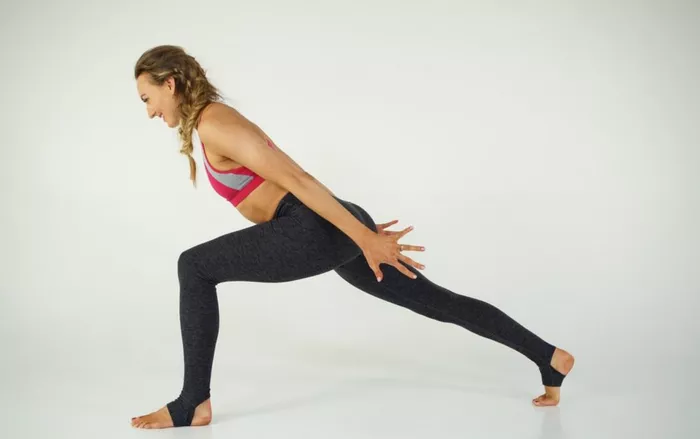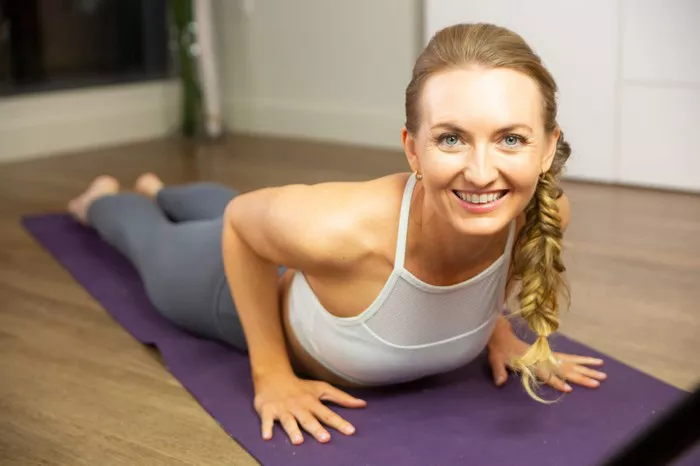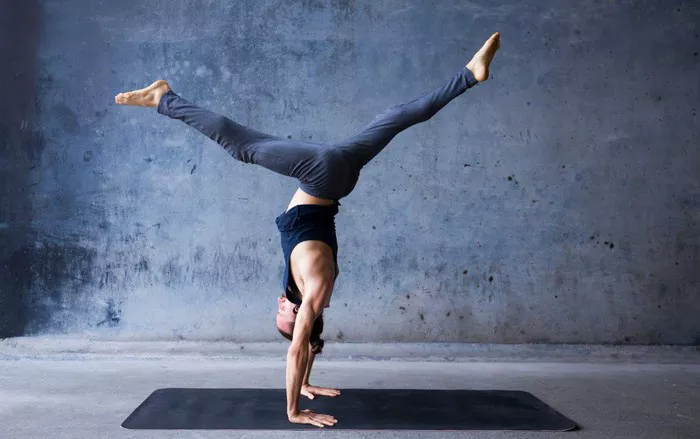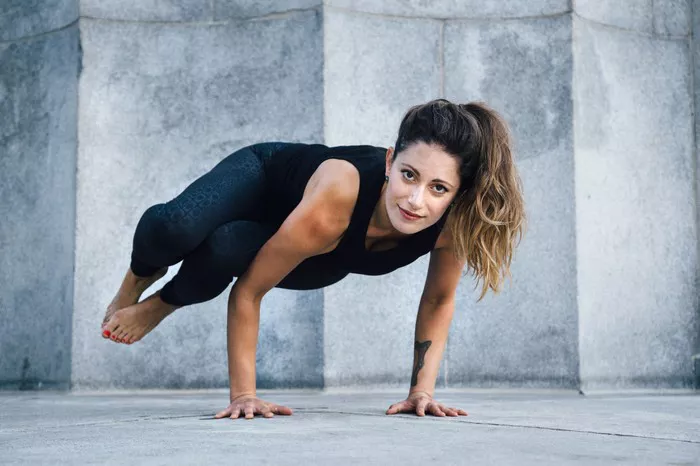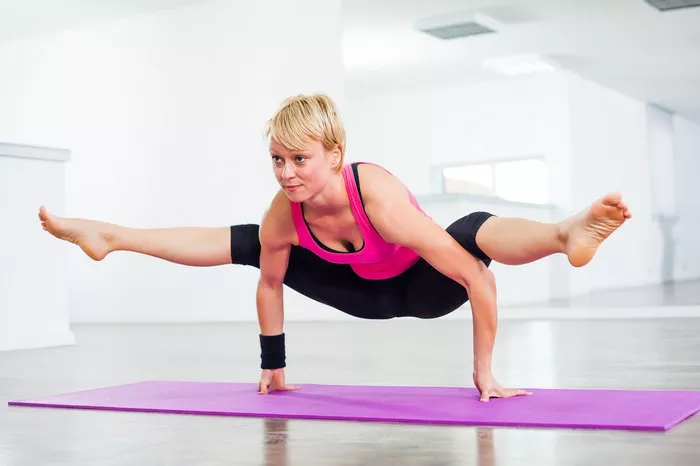Maintaining the stickiness of a rubber yoga mat is essential for a safe and effective yoga practice. Over time, many yoga mats lose their grip, becoming slippery and less supportive during poses. This decline in stickiness not only impacts performance but also increases the risk of injury. Fortunately, there are practical and straightforward methods to restore your rubber yoga mat’s traction. This article provides a detailed guide on how to make a rubber yoga mat sticky again, offering tips that are easy to follow and use professional language for clarity.
Why Does a Rubber Yoga Mat Lose Its Stickiness?
Understanding why a rubber yoga mat loses its stickiness is the first step toward fixing the problem. Generally, rubber mats become slippery due to natural wear and tear, dirt accumulation, or exposure to oils, sweat, and cleaning agents. Over time, the rubber surface breaks down, causing a loss of tackiness. Additionally, environmental factors such as sunlight and humidity can degrade the material, making it smooth and less grippy. By identifying these causes, users can prevent future damage and adopt proper maintenance techniques.
Common Factors Leading to Loss of Grip
- Dirt and Dust Build-Up: Regular use without cleaning can allow particles to settle on the mat, reducing friction.
- Oils and Sweat: Natural skin oils and sweat create a greasy layer, especially if the mat is not wiped down after practice.
- Incorrect Cleaning Products: Harsh detergents or chemical cleaners can strip the mat’s natural rubber oils, making it slippery.
- Environmental Exposure: Direct sunlight and moisture weaken the rubber fibers and surface texture.
- Natural Aging: Over time, rubber material naturally loses its elasticity and sticky quality due to oxidation and use.
Step-by-Step Guide to Restoring Stickiness to Your Rubber Yoga Mat
To bring back the sticky texture of a rubber yoga mat, follow this structured approach carefully. Each step involves simple materials and techniques that rejuvenate the surface without causing damage.
1. Thorough Cleaning to Remove Dirt and Oil Residue
The first step is to clean your mat thoroughly to eliminate any dirt, oil, or sweat that may have accumulated. Use warm water mixed with a mild soap or a specially formulated yoga mat cleaner. Avoid harsh chemicals that could damage the rubber.
- Fill a spray bottle with a solution of warm water and a few drops of mild dish soap.
- Spray the mat evenly and use a soft cloth or sponge to scrub gently.
- Pay special attention to areas that feel particularly slippery.
- Rinse with clean water to remove soap residue.
- Let the mat air dry completely in a shaded, well-ventilated area.
This cleaning process removes surface contaminants that dull the mat’s tackiness, preparing it for restoration.
2. Use Natural Products to Enhance Grip
Once the mat is clean and dry, you can use natural products like white vinegar or lemon juice to help restore stickiness. Both have mild acidic properties that can gently break down residual oils and restore the rubber’s texture.
- Mix equal parts white vinegar and water in a spray bottle.
- Lightly mist the mat’s surface and wipe with a clean cloth.
- Alternatively, apply fresh lemon juice in the same manner.
- Allow the mat to dry completely before use.
Natural acids help lift stubborn residues without harming the rubber material.
3. Application of Grip-Enhancing Powders
For mats that remain slippery after cleaning and acid treatment, applying a fine powder can help improve traction temporarily. Substances such as cornstarch or baking soda absorb moisture and add friction.
- Sprinkle a small amount of cornstarch or baking soda evenly over the mat.
- Spread it lightly with your hands or a soft cloth.
- Let it sit for 5-10 minutes before gently shaking off excess powder.
- Wipe the mat with a dry cloth to remove any visible residue.
This method is best used sparingly and re-applied before each session if needed.
Preventative Care Tips for Long-Lasting Stickiness
Maintaining a rubber yoga mat’s stickiness requires consistent care and mindful usage. By adopting simple habits, users can extend the life of their mat’s grip and enjoy safer practice sessions.
Recommended Practices
- Regular Cleaning: Clean your mat after every few uses to prevent buildup of oils and dirt.
- Avoid Harsh Cleaners: Use only mild soap, water, or natural solutions when cleaning.
- Air Dry Properly: Always allow the mat to dry fully before rolling or storing to prevent moisture damage.
- Limit Sun Exposure: Store your mat in a cool, shaded place away from direct sunlight.
- Use a Mat Towel: A microfiber yoga towel placed on top of the mat can absorb sweat and reduce surface oils.
- Rotate Usage Areas: Shift where you place your hands and feet during practice to prevent localized wear.
Additional Protective Measures
- Inspect your mat regularly for cracks or thinning areas, which can reduce grip.
- Replace your mat if the rubber starts to break down irreparably or if cleaning no longer improves traction.
- Consider mats made from natural rubber or eco-friendly materials for better durability and grip retention.
What to Avoid When Trying to Restore Stickiness
Certain actions and products can damage your yoga mat or reduce its lifespan. Understanding what to avoid is as important as knowing how to restore stickiness.
- Do not use harsh chemicals such as bleach, alcohol, or ammonia-based cleaners.
- Avoid abrasive scrubbing tools that can tear or roughen the rubber surface.
- Never expose the mat to extreme heat sources like dryers or heaters.
- Do not roll or fold the mat when it is still damp.
- Avoid storing your mat in tight or compressed spaces where it can deform.
Conclusion
Restoring the stickiness of your rubber yoga mat is achievable with proper cleaning, natural treatments, and mindful care. By understanding why mats lose their grip and following the recommended steps, you can rejuvenate your mat’s surface and enjoy safer, more stable yoga sessions. Preventative care is equally important to prolong the life of your mat and maintain its traction. With consistent attention, your rubber yoga mat will remain sticky, supportive, and ready for practice for years to come. Prioritize mat care as part of your overall yoga routine to maximize both safety and comfort.
Related Topics:

